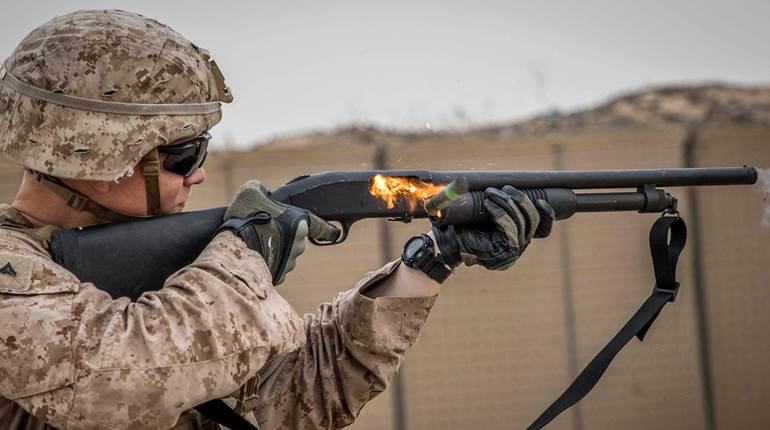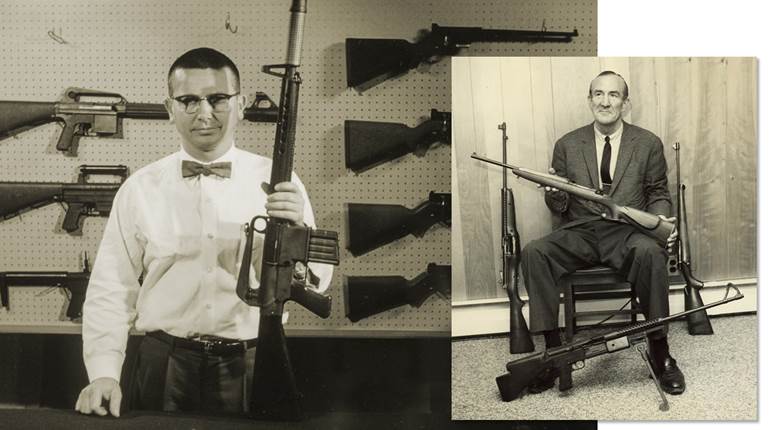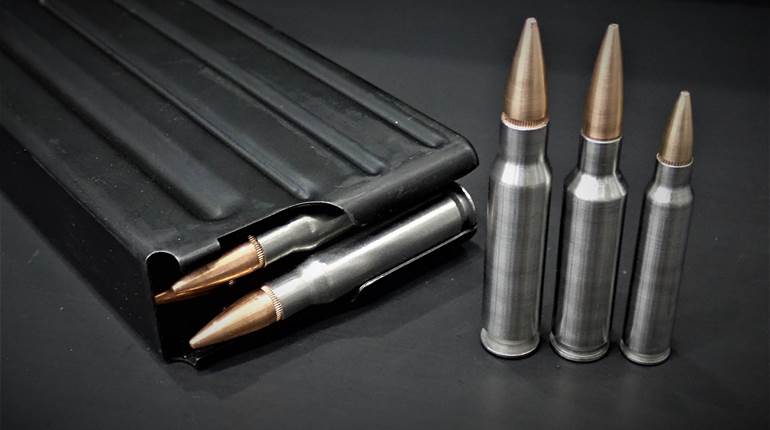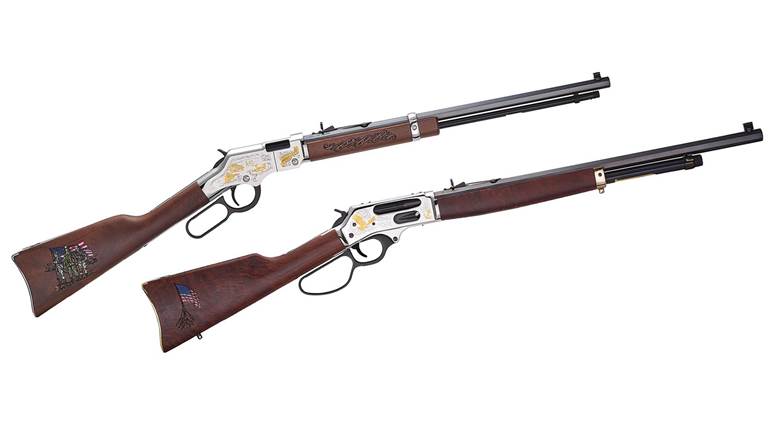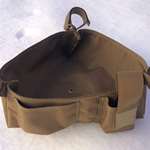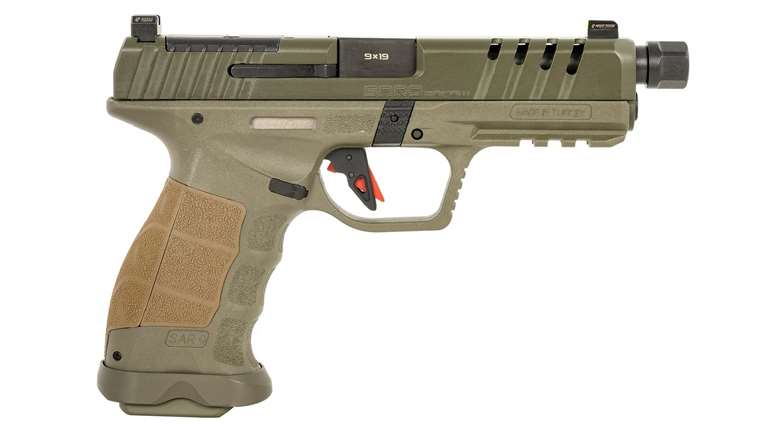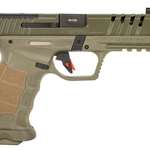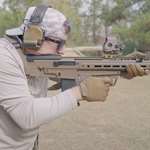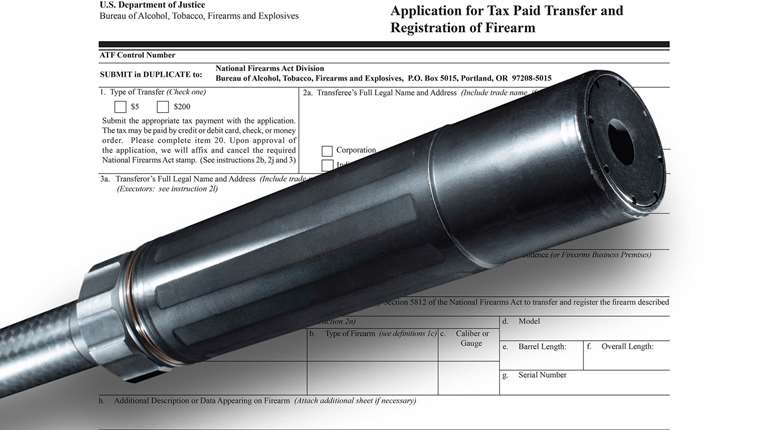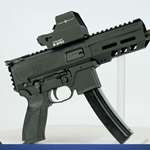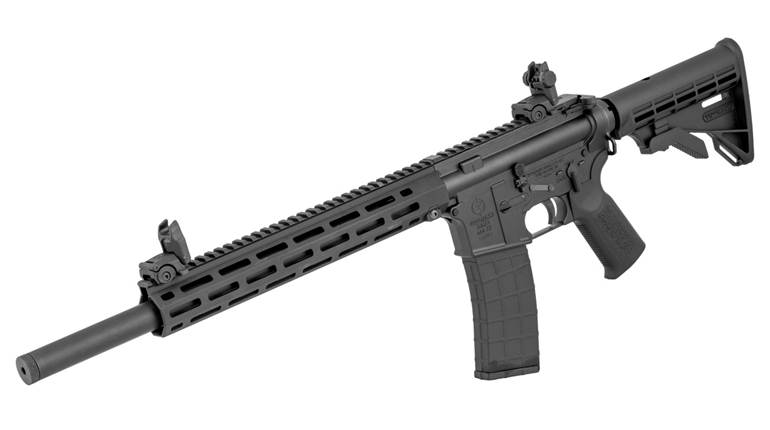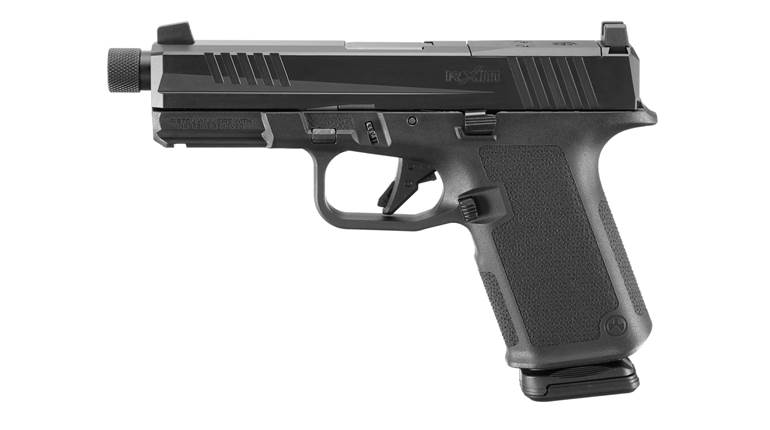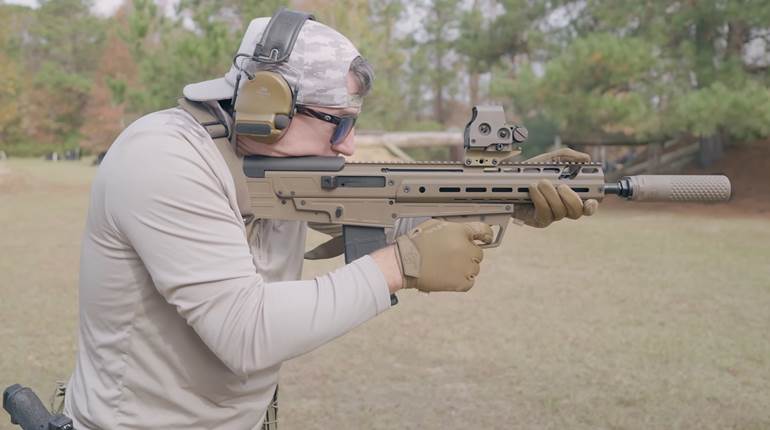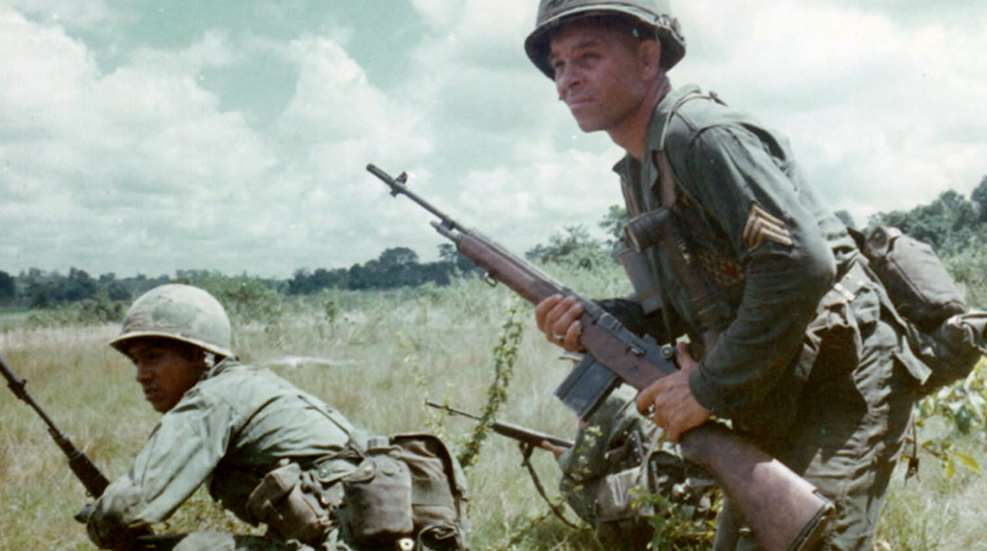
If you can find anyone these days willing to talk for five minutes about the Vietnam War, ask about which images from that conflict leap first to mind. If you haven’t hooked into some former hippie or nearsighted political geek, the response will likely involve two enduring icons from the Greater Southeast Asia War Games: the Huey helicopter and the M16 rifle.
I’ve been asking the question for more than 35 years now, in connection with making movies and writing books about military subjects, and those are the two responses that usually score highest amongst veterans and non-veterans alike.
I don’t know much about Hueys, despite a lot of time spent riding in the back of them and wondering how in the heck they managed to stay airborne, so we’ll dance over that topic for now. I’m a gun guy—have been since age 10 when my dad first took me squirrel hunting in the woods of southeast Missouri—and this is a gun magazine, so let’s talk about the M16.
More to the point, let’s talk about the M16 in Vietnam. And then I’ll offer some personal observations about the very special relationship combat men have with their guns.
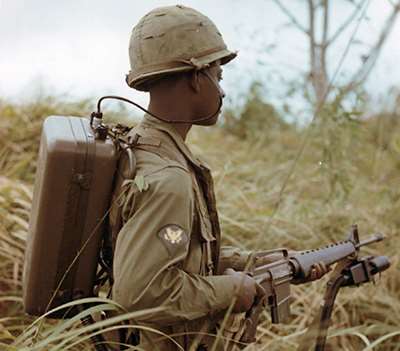
Some Vietnam vets give the M16 a big thumbs-up. Others give it an extended middle finger. It depends on personal perspective for the most part, and that always trumps factual data among folks who can speak from first-hand combat experience. I carried an M16 because I was ordered to do so, but I never came to trust it completely, especially after I saw a couple of fellow Marines killed in a firefight while they were desperately trying to assemble a cleaning rod and knock a hung cartridge case out of a fouled chamber.
I also learned that the original rifle, with the three-prong flash suppressor, was handy for breaking the bailing wire on a case of C-rations, but that was not asset enough to make me comfortable with the rifle in situations beyond getting to the chow in the field.
You know the drill—once bitten, twice shy—and I wasn’t the only Marine who felt that way. I distinctly remember a battalion commander who kept moving his outfit around so his men couldn’t be pinned down by supply officers and forced to turn in their M14s in exchange for the black plastic rifle.
No question the original M16—sometimes called the “Matty Mattel” rifle by critics due to its plastic and aluminum construction and the “widow maker” by fans of its light weight and firepower—had teething problems when it was originally introduced into combat units in Vietnam. In the simplest terms, shooters were encountering excessive fouling, which resulted in jams and malfunctions at the worst possible times.
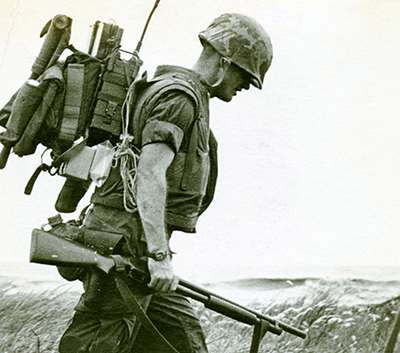
A large-scale Congressional investigation discovered there were essentially three major problems with the M16 and its issue ammunition. These included a high-residue propellant that fouled the action after a magazine or two of fire, the lack of a chrome-lined chamber and barrel, and a lack of proper maintenance training and equipment among the troops carrying the rifle in jungle conditions.
The Army quickly addressed those problems and came up with the M16A1—plus a blitzkrieg training program and the proper equipment for rifle maintenance—to produce one of the most significant and effective battle rifles of the 20th century.
Yeah, maybe so. I’m willing to grant that the M16A1 did yeoman service during the hottest combat years in Vietnam, but there’s no denying that a lot of outfits parted with their more rifleman-like M14s reluctantly.
Right up to the last time I was on a Southeast Asian battlefield in mid-1970, I saw soldiers—and a lot of Marines—still carrying the M14 and swearing by its increased range, accuracy and lethality. I also saw a lot of soldiers and Marines opting to carry other arms despite problems with ammunition resupply and without a reliable source of spare parts.
I will never forget watching infantrymen from two battalions of the 5th Marines roaring all over Hue City during the Tet Offensive in 1968, carrying Thompson submachine guns, M2 carbines and even BARs that they’d pilfered from an ARVN armory. Maybe it was the influence of John Wayne movies or parental war stories, but those guys went through that supply of World War II-vintage guns like kids on Christmas morning.
A lot of them chose to hang onto those guns—particularly the Thompsons, for which ammunition was readily available from pistol stores—long after that seminal street fight was done and dusted. There was a brisk trade between the northern-most Marines and soldiers of I Corps and local ARVN units. A mint-issue M2 carbine still in Cosmoline could be had for a couple of cartons of Kools or Salems.
Beyond the rugged, combat-guy image that such World War II-era arms imparted—and that was important to a lot of folks—there was also a desire to have the biggest hammer available when trying to nail the enemy. The under-powered carbines were all show, I grant you, but there were a lot of line dogs who insisted that a .30-caliber round from an M1 or BAR or a burst of .45 ACP from a Thompson was the definitive answer to the AK and the SKS. Different strokes for different folks, I guess, and it always comes down to what you trust when lives are on the line.
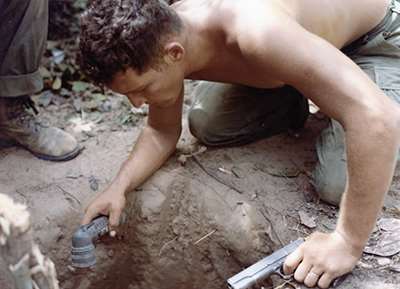
Anyone involved in ground combat bets his or her life on the arms they carry for offensive or defensive action against an enemy carrying and relying on similar arms. That’s the nature of the beast in war. Army and Marine Corps infantrymen in Vietnam—and to a lesser but still crucial degree tankers, artillerymen and combat support troops—understood that from the moment they embarked on that first patrol in the jungle or dug-in to defend a hard-won piece of misty high ground.
After a while, they became so accustomed to having a rifle in hand that they were more than a little antsy when those weapons were not within easy reach. Those who have fired individual or crew-served weapons at an enemy and suffered return fire in exchange for their efforts will always have indelible memories—fond or otherwise—of the arms they carried in combat.
There is a very personal relationship that develops between a combat Soldier or Marine and the weapon on which he relies for survival. It’s an odd sort of love affair that has roots in both practical application and in dogma such as the Rifleman’s Creed (applicable to any personal firearm carried in combat) that states, in part, “My rifle is human, even as I, because it is my life. Thus, I will learn it as a brother. I will learn its weaknesses, its strength, its parts, its accessories, its sights and its barrel. I will keep my rifle clean and ready, even as I am clean and ready. We will become part of each other.”
We have a new generation of combat veterans among us these days. Men and women who carried a new generation of weapons to war into places such as Iraq and Afghanistan, who have returned with a fresh understanding about the crucial importance of small arms in warfare. They understand—as did those of us who fought in Vietnam—that there is no strategy or tactic that equals victory in armed conflict if it does not include that muddy, grimy, dog-tired infantryman with just his personal weapon to help him survive in a life-and-death encounter.












